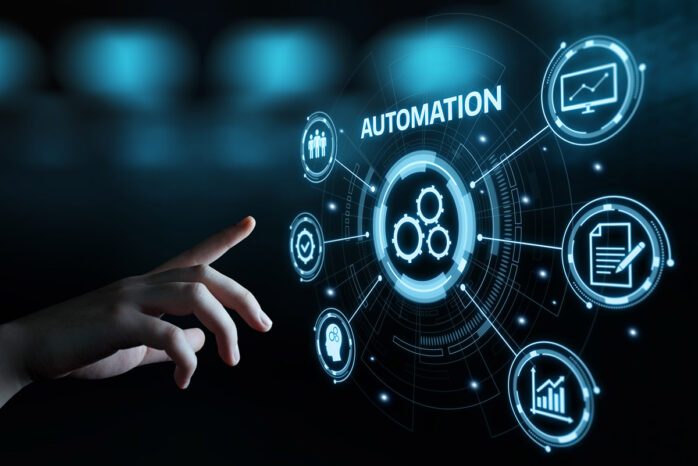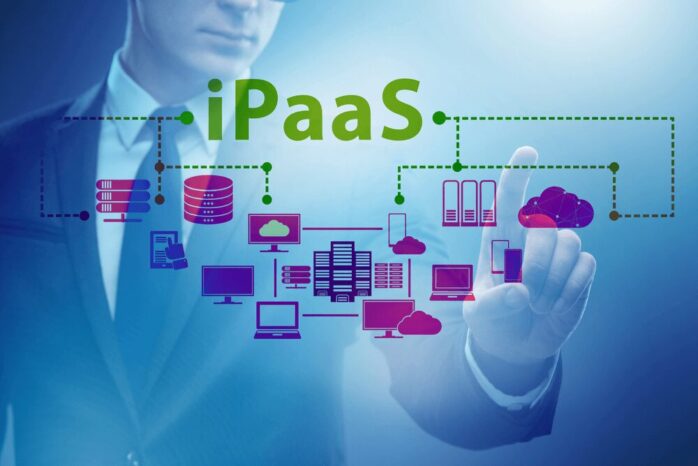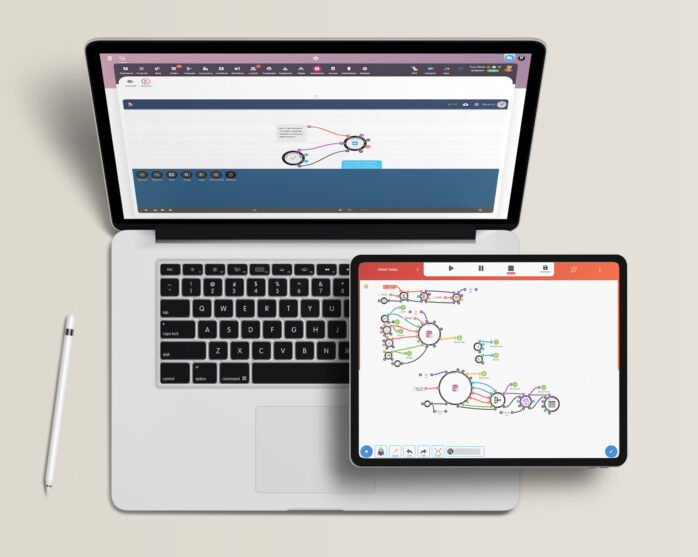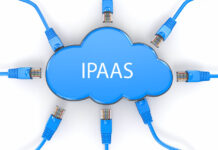
The average marketer uses five social networks to distribute content. But in addition to these sales channels, you need to work with the website, CRM, end-to-end analytics, chats, and telephony. It would be more convenient to combine sources so that everything works in one system, and hypotheses can be tested faster, right? But to set up the integration, a marketer needs to cooperate with full-time developers. Programmers are often busy with higher priority projects, and automation takes at least a month. What should you do in such a situation: wait for assistance or set up processes manually? The best thing is to use a no-code tool that will create the necessary marketing scenarios with a click of a button.
What is marketing automation?

In simple terms, marketing automation is delivering the right message at the right time to the right person that motivates them to take the right action for a marketer. Automation is carried out with the help of software robots that act according to the “if-then” algorithm.
When a person performs an action, a robot evaluates it and chooses a scenario to communicate with the client. The algorithm constantly “evaluates” user behavior. Let’s take an example from email marketing: if someone does not open an email, the robot picks up another one until this person opens it. Next comes the work inside the mail. When the user views the content but does not follow the link to the site, a selection of email content is launched that will encourage them to click on the link. The robot also monitors the user’s actions on the site: whether they make orders, what products they view, and so on.
Based on this, the robot constantly selects the correct messages. They are generated automatically or loaded in advance so that the algorithm selects the text and leads the person along the client’s path all the time.
In other words, marketing automation is automated management of the customer lifecycle to create a “qualified lead” and make them purchase products faster.
The peculiarity of no-code marketing automation

To automate marketing, you need Andersen, a software development company, that will set up the necessary scenarios and integrate different marketing channels. For example, a marketer wants to conduct an experiment and launch a new chain in an advertising campaign – to interest users who have returned to the site. The specialist turns to a developer, who creates the “entered the interface” event so that this triggers a chain of emails. Users receive emails, and the marketer collects the results, finalizes the experiment, and goes back to the developer. And so on until they reach the desired result.
No-code allows the developer to collect all the events that are on the site (registration, subscription to the newsletter, click on the banner, etc.) and send them to the no-code service. Further, the marketer independently sets up various combinations of chains, using different buttons instead of code. This specialist creates an event and can rebuild it if it doesn’t work.
Thus, no-code allows you to solve marketing problems without involving developers. This is iPaaS (integration platform as a service) which performs routine developer’s tasks through interface solutions.
What marketing tasks can be automated with no-code

With no-code, you can churn out almost all tasks:
- Sending emails – to design scenarios, set up trigger chains, and create personal promo codes.
- Applications from lead forms of online stores – no need to constantly check advertising accounts, manually upload leads and add them to a CRM system. Tiktok, MyTarget, and Facebook advertising campaign data are collected and automatically transferred there.
- Calls to clients. You can set up an autoresponder that will notify users of further actions. This is a useful option, for example, for beauty salons. After filling out an application, a client receives an SMS with the name and contacts of a master. To prevent customers from calling and distracting specialists from work, an autoresponder can speak on their behalf: “Good afternoon! I’m glad to receive your application. But I’m a little busy right now, so I’ll call you back when I’m done with my client”.
- Chatbots – to create possible communication scenarios and response options.
- Uploading analytics – to generate ROI and automatic reports in Google Sheets.
- Advertising campaign balances – to inform the marketer that the advertising campaign budget has been exhausted, and the advertising account needs to be replenished.
- Suspending advertising campaigns when targets are hit – so as not to waste the budget and not create embarrassing situations when there is no product in stock, but applications for it are coming.
- Audience retargeting – to remind users of products they viewed but didn’t buy.
- End-to-end analytics – so that the system automatically collects data on all points of contact with the client and the marketer can determine the sources that bring more orders. For example, you can set up the transfer of data from various funnels of CRM systems to Google Analytics.
Benefits of no-code marketing automation

With no-code, any marketer who understands how automation works can create customer interaction scenarios. An iPaaS is convenient because:
- it offers an iterative approach. A specialist experiments by reconfiguring marketing campaigns. They check the first hypothesis, if it does not work, they launch a new one. And so gradually, iteratively, they select an “ideal key” to clients.
- does not require programming skills. All the necessary functionality is in the interface, and it is enough to use buttons to set up a scenario. You don’t need to know code.
- helps to bring products to market faster. Since a marketer does not have to wait for developers to find time to set up processes, they automate tasks faster. Consequently, a product comes out earlier than it would have happened with the help of developers.
Conclusion
Technology is moving forward, and no-code allows you to do the most important thing for marketing – automate sales and promotion processes. A marketer quickly finds the best scenario for working with customers by sorting through different hypotheses. Experiments are independent of developers and run more frequently. Several communication channels are used simultaneously. No-code allows employees to automate tasks, improving business without spending a lot of money on development.











